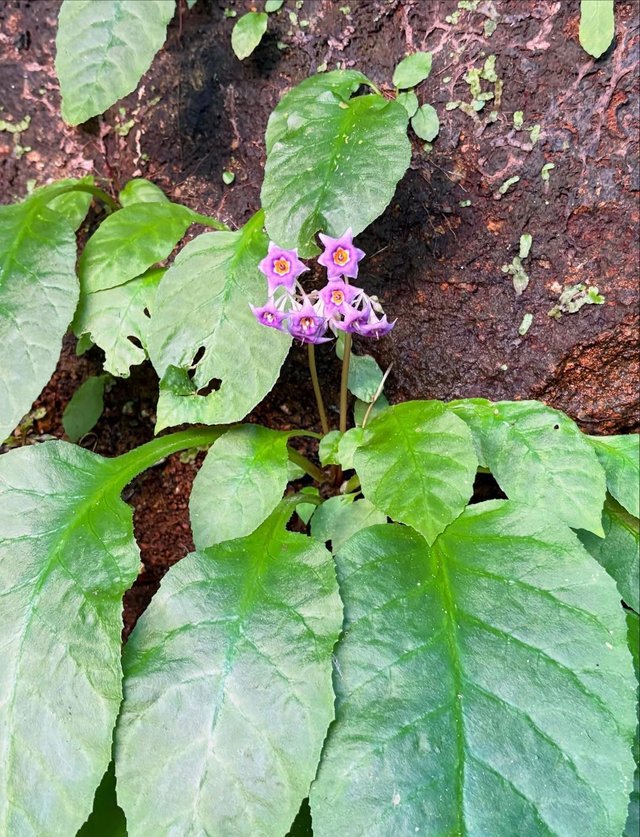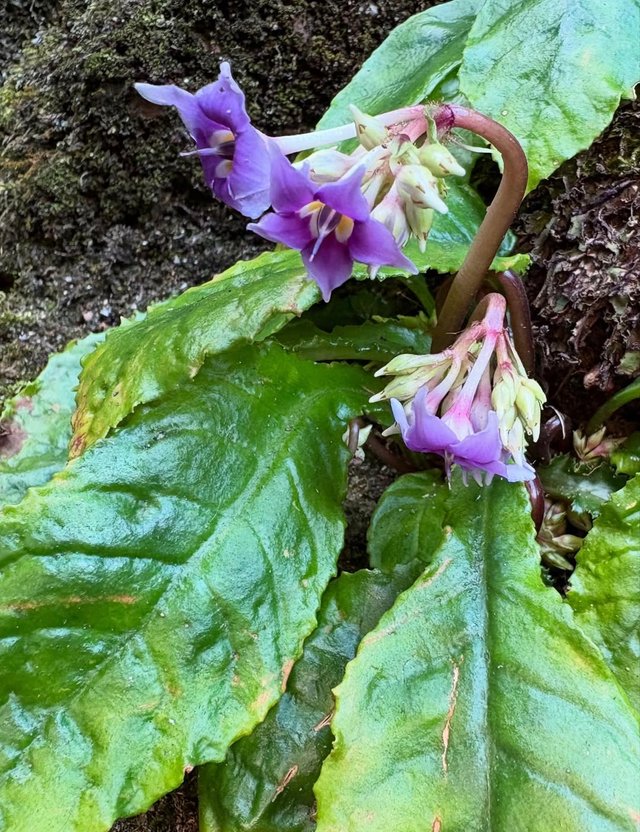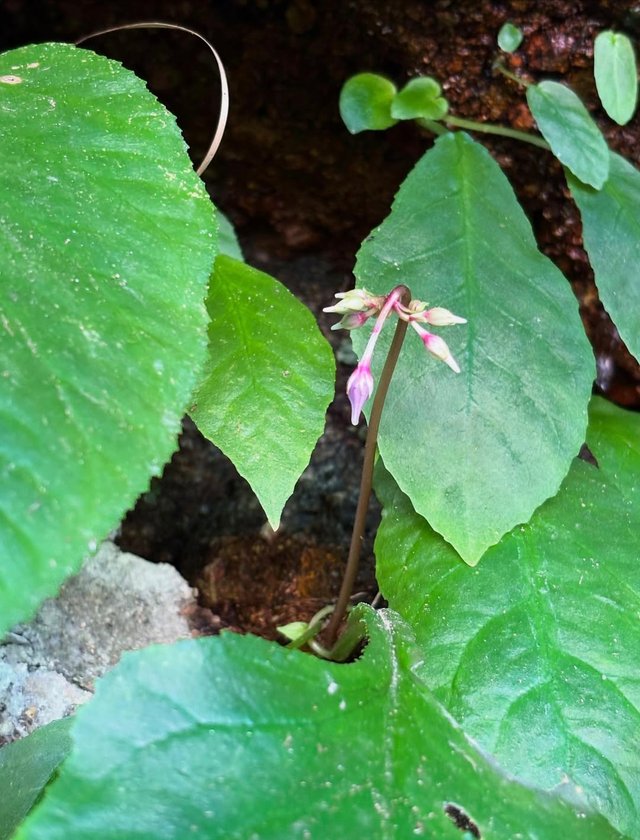Nicotiana tabacum
Nicotiana tabacum, commonly known as cultivated tobacco, is a tall herbaceous plant.Is best known as the primary source of tobacco used in commercial products such as cigarettes, cigars, and chewing tobacco. It is a native species of tropical and subtropical America, believed to have originated in the Andes region, particularly in areas of modern-day Bolivia and Peru, and it has been cultivated by indigenous peoples for thousands of years for ritual, medicinal, and recreational purposes.
The plant can grow to a height of 1 to 3 meters and has large, oblong, sticky leaves and tubular pink to light purple flowers, which are pollinated primarily by moths due to their nocturnal blooming behavior. Nicotiana tabacum is an annual plant that thrives in well-drained, fertile soils under full sunlight and a warm climate, and it requires careful cultivation techniques including seedbed preparation, transplanting, topping to remove flower heads and suckers, and curing to process the harvested leaves.
One of the most notable components of Nicotiana tabacum is nicotine, an alkaloid found primarily in the leaves, which acts as a natural insecticide for the plant and as a stimulant and highly addictive compound for humans. Aside from nicotine, the plant contains other alkaloids and aromatic compounds that contribute to the taste, effect, and quality of tobacco products. Historically, tobacco played a crucial economic role in the colonization of the Americas, especially in places like Virginia and the Caribbean, where plantations were established and slave labor was used to meet growing European demand.



